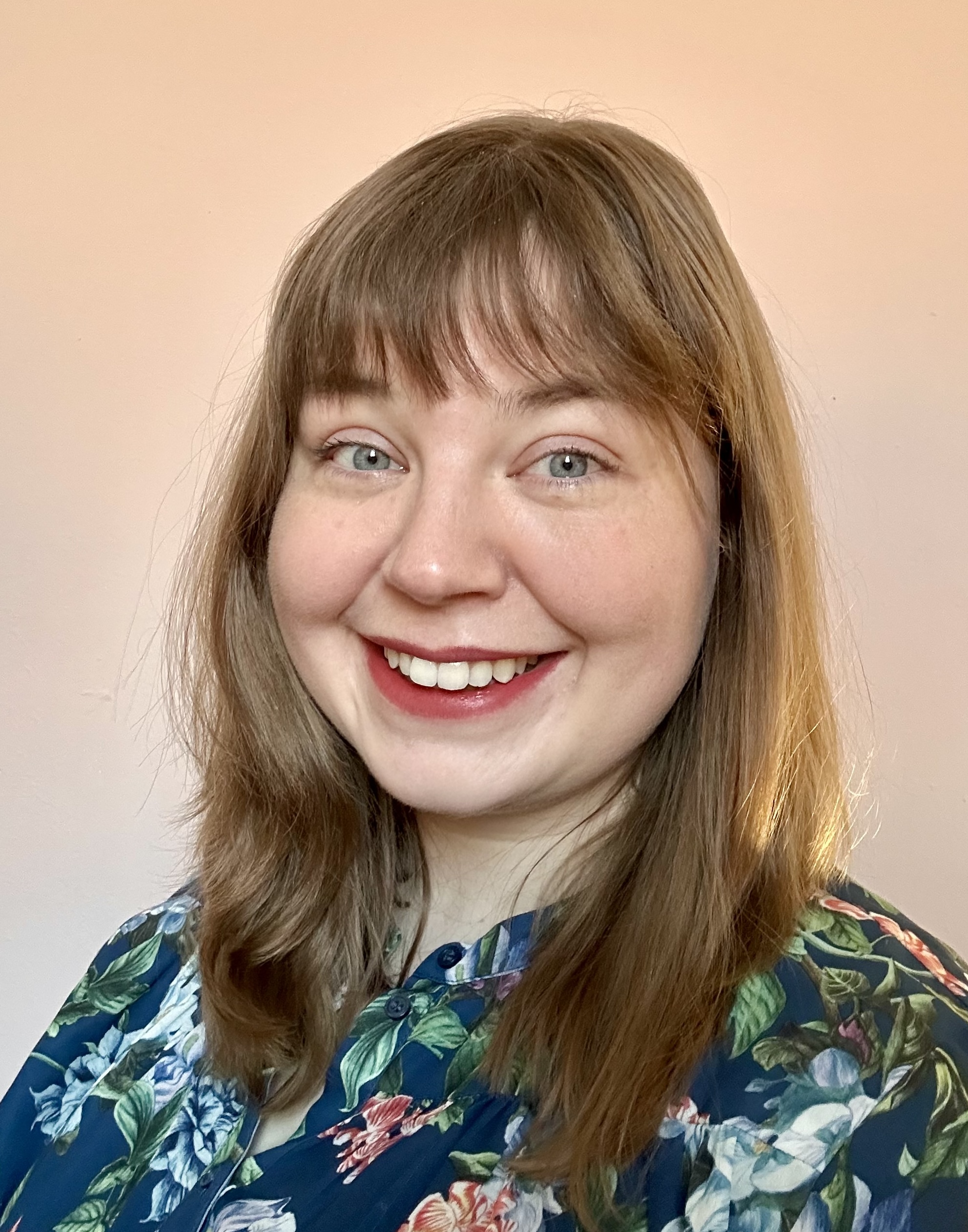Varioversals in German-Dutch translation and L2 German writing: Annotation guidelines for co-reference and a case study
Date:
Abstract
Globalisation and multilingual societies have led to increased language production in multilingual contact situations, such as second language (L2) writing and translation. Recent research has shown that language produced in these contexts has common characteristics (‘varioversals’), which distinguish it from language produced in monolingual settings (Kruger & Van Rooy, 2016). Research into ‘varioversals’ bridges two research fields: L2 writing and Translation Studies. Both investigate the effects of similar cognitive and normative constraints on the language produced by L2 learners and translators, respectively. Our project aims to substantially advance this new and promising research line by focusing on the use of cohesion and on the under-researched language pair Dutch–German. We do so by applying a recently developed method for combining corpus-based analysis of L1 writing, L2 writing, translated and non-translated language (Granger, 2018). To this aim, new learner corpora have been collected and are currently being annotated with linguistic information about cohesion. At the same time, existing translation corpora (Parallelkorpus Deutsch-Niederländisch, UGent; Europarl corpus) are being annotated according to the same principles. In our paper presentation, we will discuss methodological challenges and present preliminary results of the ongoing project, focusing on our newly developed annotation guidelines for co-reference. Our fine-grained tagset combines categories from both research fields, such as antecedent types, co-referential expression, degree of co-reference explicitness and co-referential relations, which facilitate the calculation of length of co-reference chains (e.g., Becher, 2011; Kunz et al., 2021). This approach allows for detailed analyses of subtle differences in co-reference use across different varieties, in our case L1 vs L2 writing and translated vs non-translated language. We will also present the first results of a pilot project on co-reference in the Europarl corpus, which is based on these annotation guidelines, highlighting some corner cases.
